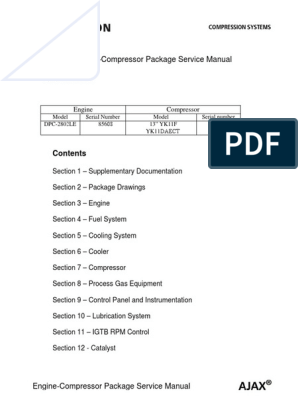0% found this document useful (0 votes)
55 views77 pagesChapter 10 - Part 2
The document discusses design of IIR filters from analog filters using bilinear transformation. It covers analog to digital filter transformations including bilinear transformation. It also discusses designing common analog filters like Butterworth, Chebyshev and Elliptic and transforming them to digital IIR filters.
Uploaded by
Said Ahmed AliCopyright
© © All Rights Reserved
We take content rights seriously. If you suspect this is your content, claim it here.
Available Formats
Download as PDF, TXT or read online on Scribd
0% found this document useful (0 votes)
55 views77 pagesChapter 10 - Part 2
The document discusses design of IIR filters from analog filters using bilinear transformation. It covers analog to digital filter transformations including bilinear transformation. It also discusses designing common analog filters like Butterworth, Chebyshev and Elliptic and transforming them to digital IIR filters.
Uploaded by
Said Ahmed AliCopyright
© © All Rights Reserved
We take content rights seriously. If you suspect this is your content, claim it here.
Available Formats
Download as PDF, TXT or read online on Scribd
/ 77




































































































